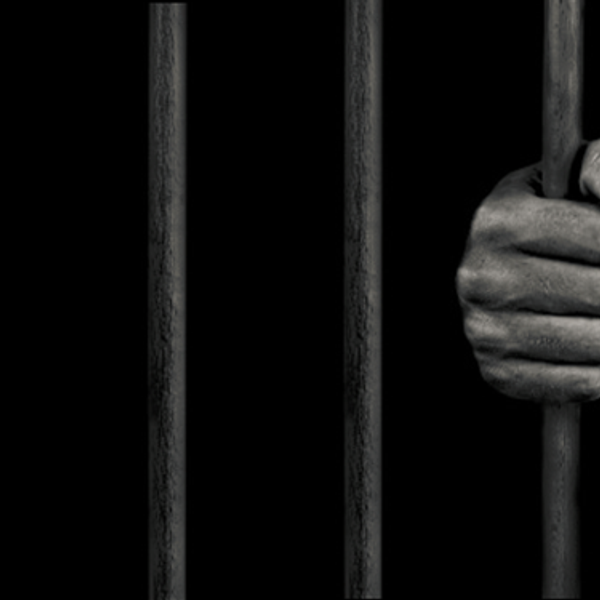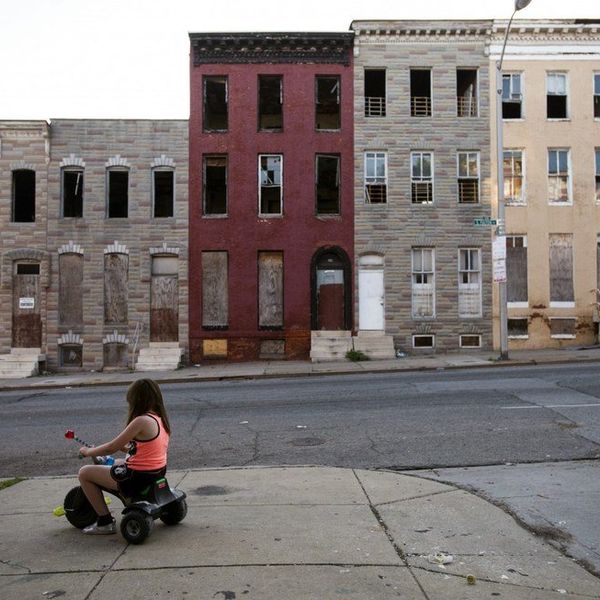Disclaimer: I'm white, I'm young, and I have a fair amount of privilege. I'm well aware of that, and my only goal in life is to use my privilege to get more privilege for those who don't recieve as much for whatever reason.
Walk around Baltimore City, and I mean really walk the city. From east to west, from north to south. Really go see everything, and you'll notice a difference. Some areas, especially the historic ones, have such nice, newer looking row homes. While others feature boarded up homes and homes that appear dirty and decrepit in comparison to the shiny homes of the other neighborhoods.
A perfect example for this is the three neighborhoods right off of I-395. You get off in Otterbein, a majorly white neighborhood with nice homes that look relatively new and features many small parks around the newer developments. If you drive all the way down Sharp Street you would then reach the beginning of Sharp Leadenhall, a historically black neighborhood. The homes are somewhat nice, but they certainly don't look as beautiful as the homes in Otterbein. As Sharp Street meets Henrietta Street you enter Federal Hill. A historic city, also mainly white, you see newer homes (over 25 years old) mixed in with historic homes dating all the way back to the War of 1812.
The difference between these three neighborhoods isn't as drastic as some other black neighborhoods, but it's there and it's obvious. It mirrors a problem that Baltimore City has seen for decades.
Baltimore City ranks seventh (out of 35 major cities) for the average per capita income. It ranks second in black median income. However, the city ranked 12th out of the 35 cities with the highest black populations for black-white segregation. Alan Berube and Brad McDearman reported that "About one in five poor individuals lives in a neighborhood of extreme poverty (poverty rate over 40 percent)."
The jobs, wealth, and housing is disproportionately going to white people and people who are already affluent. Pamela Engel pointed out in an article for Business Insider, that "The rich are concertrated in four tracts in northern Baltimore that also happen to be the areas with the fewest black residents."
Socioeconomic Disparity is the distribution of wealth among different social groups. Those social groups could be among racial lines, LGBTQ+ communities, neighborhoods, or simply by class.
This socioeconomic disparity between racial lines is not just a Baltimore problem. It effects major cities all across the US. Baltimore is only ranked 57 out of 100 cities with the largest black populations in black employment rate, and 75 of out of the same 100 cities for black poverty rate.
Income Inequality, though not seen as much, happens all around the world as well, in countries such as: China, Brazil, South Africa, and Britain.
Socioeconomic disparity is a wide-spread issue that has a lot of reach and hurt for people negatively affected. It also has a lot of opportunity to be fixed.
A lot of what affects the housing market in regards to the conditions of the homes is housing laws enacted decades ago that can be amended, repealed, or counter-acted with new laws. As for housing segregation, that is up to the realtors and buyers to really go and see all of their options, no matter what the neighborhood.
We as Americans and as world citizens have to work together to find ways to rid ourselves of income inequality and socioeconomic disparity. It's a lot of work, but just like these laws have been working for decades, we too have to work for years to overcome the laws that are holding our neighbors back.





















